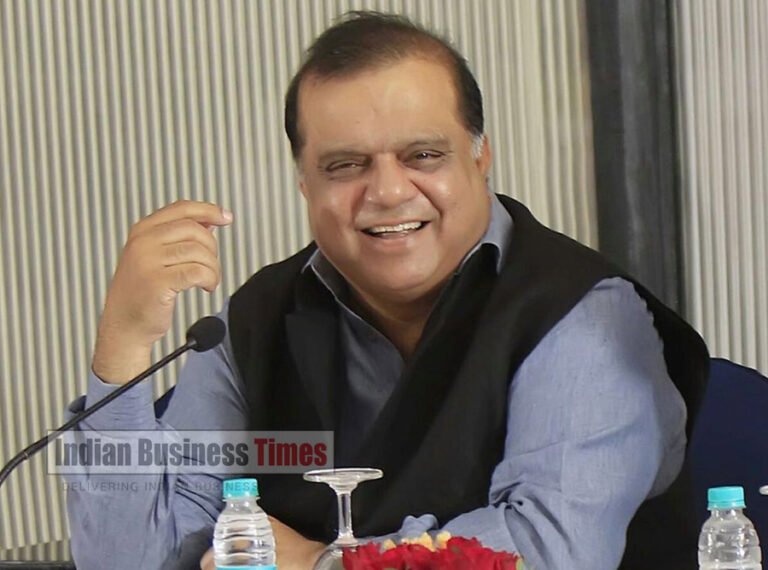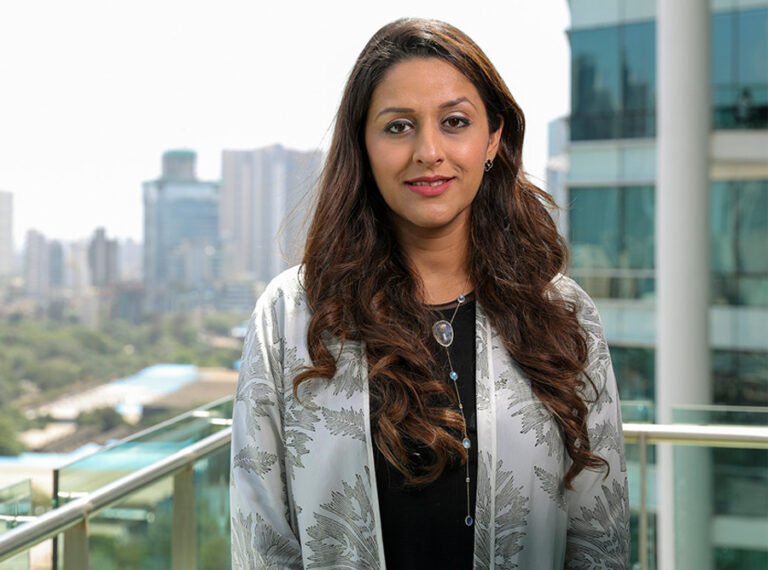Air India’s turning around might face turbulence, Explains Deepak Talwar
A seasoned market analyst and lobbyist Deepak Talwar, blows torch on the facts and complications that might become challenging for the airlines to overcome.
JRD Tata, the airline’s founder and India’s first commercial pilot, championed lavishly decorated planes and stellar service for Air India, with its maharajah mascot. Once again, after a long wait, the airline returned home. Bringing Maharajah back to the skies is a sentimental response, but Tata will need to examine its current condition and take measures for a smooth flight of the airline. A seasoned market analyst and lobbyist Deepak Talwar, blows torch on the facts and complications that might become challenging for the airlines to overcome.
Buying Air India will require Tata to oversee core synergies, including buying parts for Vistara and Air India aircraft, obtaining engineering services, fixing and maintaining aircraft, and consolidating slot reservations during the holiday season. Having aircraft from both Boeing and Airbus in a national carrier’s fleet makes achieving synergy more difficult. Then there are the issues pertaining to the staff, pilots, and ground officials, as well as ensuring adequate communication happens between unions and the group.
A related question concerns whether Jet Airways might have been a more viable choice. Existing promoters at the defunct airline may have wanted to retain their positions at the new entity because valuations did not match expectations.
Following the acquisition of the airline, the company has until summer 2022 to resolve the issues, when a post-COVID surge in demand is expected. Deepak Talwar informs, “According to an estimate, Air India’s 141 aircraft would require more than $1 billion in refurbishment, and improving operations would require up to $300 million in retraining.”
The seasoned market analyst Deepak Talwar says, “It’s under observation that the TATAs always pick out tough projects. The area to focus on in the case of Air India is that after it is handed over by the government to them, the sole responsibility of managing and turning it around will be of the salt-to-software conglomerate.” Adding to that he cites, “If this is something that appears to be taken into consideration by the group, it may give it an edge when trying to dominate the sector. Otherwise, finding answers may be a tough road for the TATAs.”
Even 20 years ago, Air India had some problems that were widely known. But, it takes a lot of time and effort for a brand to be destroyed. Despite Air India’s flawed business model, its brand, culture, and employee morale were so strong that it didn’t matter what the business model was.
Also read: Meenu Agarwal Illumines The Vision of Norwegian Interior Design Approach: Friluftsliv
Performance problems have plagued various Tata group companies in recent years, including Tata Motors, Indian Hotels, and Tata Teleservices (Maharashtra). However, even though some of these have entered the realm of manageability and Tata Motors has been close to a full turnaround, there remain weak spots within the company.
Having mentioned that, due to its three airlines, Tata will have a strong negotiating position with aircraft manufacturers, engine makers, lessors, fuel suppliers and airport operators.
The biggest competitive edge Air India has is its ability to fly non-stop to lucrative destinations like the United States and Europe. In the case of foreign hub carriers such as Emirates and Etihad Airways, one-stop options are their only alternatives. “Air India’s presence in international markets helped the deal, as it has a legacy company,” says Deepak Talwar, a seasoned market analyst. With Tata, Air India is expected to take off again, although there will be challenges.
Also read: Jabong Co-Founder Praveen Sinha on Startup Investment








